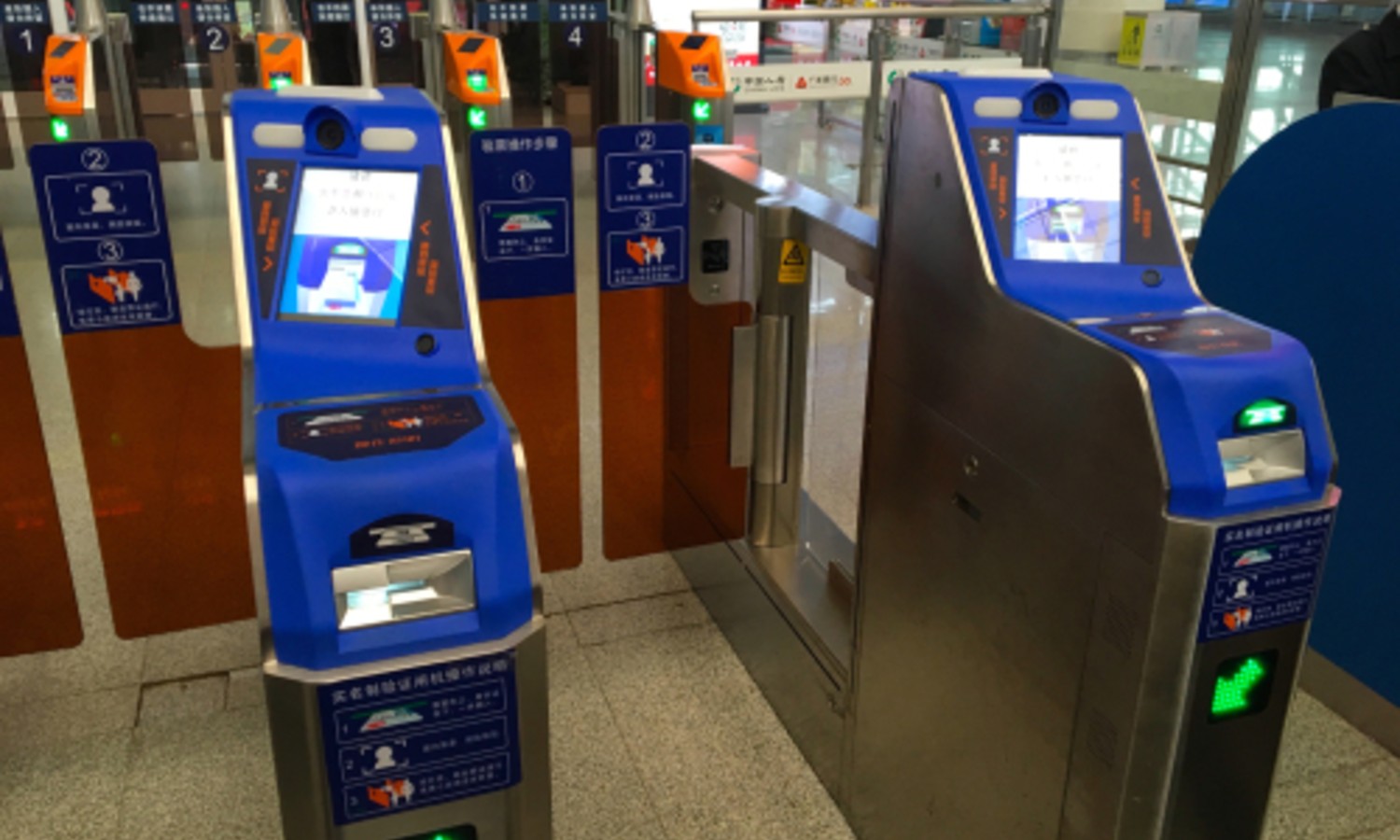The transformative role of biometrics in our airports
By Francoise Bergasse, Border and Travel Market Manager, Thales
As more and more people travel around the world, technology has had to become increasingly sophisticated to deliver a frictionless travel experience, while providing a high level of security. . One of the most notable developments in this space is the implementation of biometrics throughout the airport terminal journey. This technology, which uses unique and identifiable features such as facial scans or fingerprints to verify passengers’ identity, has transformed how people travel and is a window into the future of travel security.
Traditionally, security checks in airports have been a frustrating but necessary part of the travel experience. We all have experienced the downsides of this – from lengthy queues and delays to unnecessary hold-ups. The good news is that the use of biometrics in the form of e-gates or fingerprint terminals has the potential to eliminate these issues and expedite passenger checks to create a relaxing and secure travel environment.
This technology can already be found in airports around the world, but mainstream adoption is yet to be seen.
Utilising facial recognition software
Although facial recognition software is not a recent industry development, it may come as a surprise to many that worldwide roll-out has been slow and is only just gathering pace.
For the most part, its use has been accelerated by the rise of biometric technology in consumer gadgets, such as smartphone and gaming consoles, but there’s a capacity issue here too. By 2037, it’s estimated that 8.2 billion people will pass through airports around the world, nearly double what is expected this year. As it stands, most airport terminals do not have the systems and processes in place to handle such heavy traffic and demand on resources. Biometric technology, mainly in the form of facial recognition, but sometimes fingerprint and iris scanning too, has been recognised as a solution that will not only manage the increased traffic levels, but provide a secure and frictionless passenger experience. Facial biometrics, in particular, has the advantage of offering a non-intrusive, on-the-go identity verification method which allows passengers to avoid any additional delays to their journey, while providing authorities with trustable data.
Another area where we are seeing a growing use of biometrics is for ‘automated border-control’. ‘Automated border-control’ gates which use facial recognition to verify a passenger’s identity against their passport are much faster, require less human involvement and provide robust levels of security.
But it’s not just passenger check-points where biometric technology is making a mark; it is helping streamline flights boarding too. For example, renowned industry leaders, such as British Airways, have been using biometric boarding solutions to ensure its passengers benefit from a smooth and secure process of ID verification thanks to facial recognition software. Simply by rethinking how they can process passengers; British Airways has claimed that it can now board a plane full of 400 passengers in just 22 minutes using facial recognition technology.
What’s particularly exciting is that this is just the beginning. Another benefit of biometric technology is that it is a flexible solution that can provide omnipresent security systems. As recent plans released by London Heathrow show, airports of the future will allow passengers to move almost freely around the airport using their unique facial features as a travel token for bag drop, security and boarding. For the passenger, this means that they will no longer need to resurface passports and boarding passes when making a purchase or moving through different parts of the airport. It’s a truly transformative approach to security and experience in the airport and will deliver benefits to no-end.
Fingerprint scanning is driving industry onwards
While facial recognition software is making substantial inroads in the industry, so is fingerprint technology. Much like face and iris scanning, passengers have had their fingerprints recorded for travel by immigration agencies for some time. Some eGate and kiosk solutions, for instance, require a combination of face and fingerprint identification and this is only set to increase as the technology develops. In fact, some countries are already legislating to ensure that they can reap its security and convenience benefits. For example, the upcoming EU Entry Exit System or EES will be deployed in 2020 and will ask member states to collect facial data as well as four fingerprints from all third country nationals, entering or exiting one of the 26 states. Not only will this substantially improve how nations track and record immigration, but it will provide an efficient system that minimises delays and helps identify travellers overstaying their visa.
But the scope for fingerprint technology to improve the passenger experience in our airports stretches beyond these means. So much so, that airports in the United States are beginning to trial how this biometric technology can be used to improve airport-based services. For instance, this year, Delta has begun trialling the use of fingerprint technology in granting passengers’ access to airport lounges. It’s designed to provide a premium experience that gives employees more time to focus on customer service as opposed to check-in. Similarly, rental car company Hertz has announced that it is rolling out fingerprint screening at 40 airports to transform the rental car process. Passengers stepping off a flight will be able to collect a car and exit the rental lot in just 30 seconds – avoiding any further delays or stress to their trip.
Delivering an experience fit for the twenty-first century
Airports are ideally placed to lead the travel industry in the deployment of biometric technology to improve customer service by delivering an enjoyable, comfortable and secure passenger experience.
Despite the roll-out of modern biometric solutions being slow, forward-thinking industry leaders will recognise that it represents the future of passenger travel. With facial recognition software and fingerprint technology, biometrics can eliminate traditional customer pain points – such as those experienced when delayed at border control or in renting a car – and provide a significant return on investment.
However, to truly bring airports into the twenty-first century, industry leaders must engage with and build trust amongst passengers by using biometrics across multiple touch points with the customer. This trust depends on two main things: choosing biometric systems which are underpinned by strong security and can be scaled effectively, and the willingness of different stakeholders to work together on integrated processes and shared KPIs. These solutions must replace siloed, independent solutions that will fail to bring the ultimate, frictionless experience to travellers and consumers.




